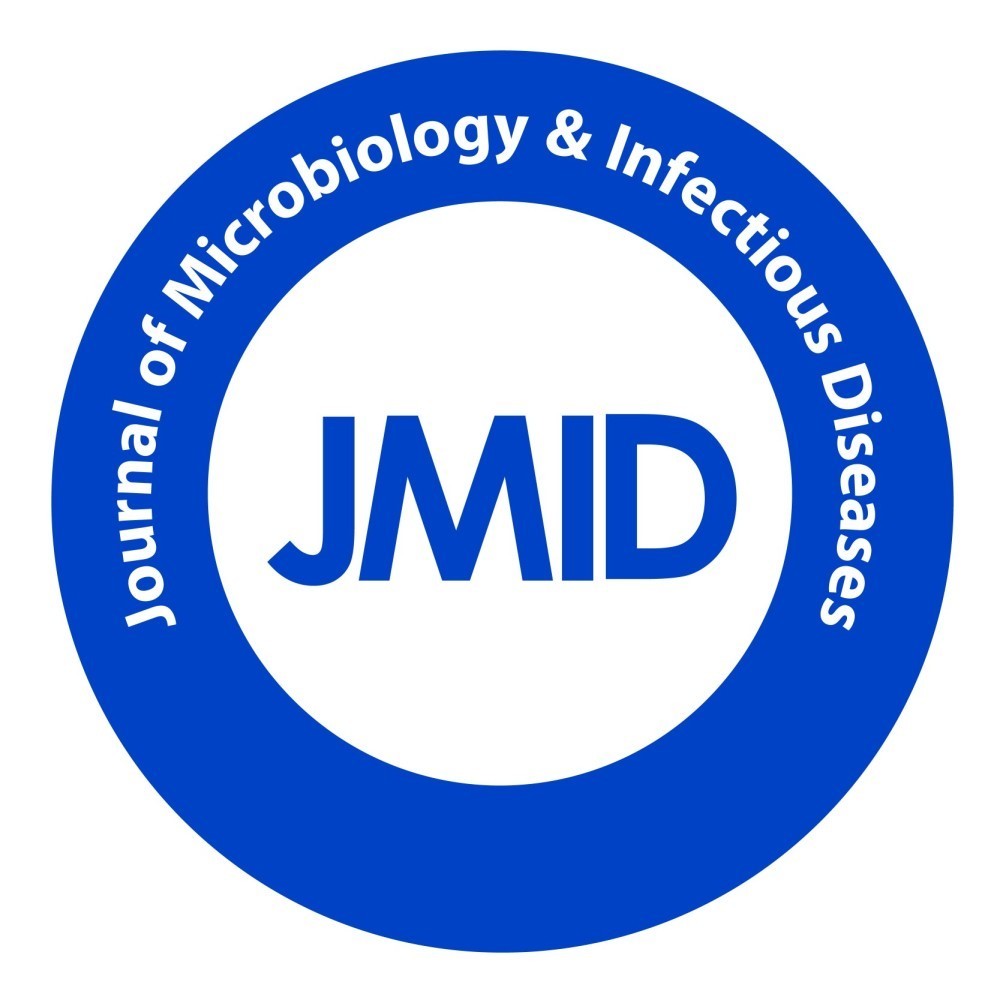
| Research Article | ||||||||||||
J Microbiol Infect Dis. 2017; 7(3): 139-143 doi: 10.5799/jmid.367545 Comparative antimicrobial efficacy of silymarin and silibinin against oral microbes Radhika Murali Iyangar, Ezhilarasan Devaraj, Gopinath Prakasm.
| ||||||||||||
| How to Cite this Article |
| Pubmed Style Iyangar RM, Devaraj E, Prakasm G. Comparative antimicrobial efficacy of silymarin and silibinin against oral microbes. J Microbiol Infect Dis. 2017; 7(3): 139-143. doi:10.5799/jmid.367545 Web Style Iyangar RM, Devaraj E, Prakasm G. Comparative antimicrobial efficacy of silymarin and silibinin against oral microbes. https://www.jmidonline.org/?mno=302657130 [Access: November 11, 2025]. doi:10.5799/jmid.367545 AMA (American Medical Association) Style Iyangar RM, Devaraj E, Prakasm G. Comparative antimicrobial efficacy of silymarin and silibinin against oral microbes. J Microbiol Infect Dis. 2017; 7(3): 139-143. doi:10.5799/jmid.367545 Vancouver/ICMJE Style Iyangar RM, Devaraj E, Prakasm G. Comparative antimicrobial efficacy of silymarin and silibinin against oral microbes. J Microbiol Infect Dis. (2017), [cited November 11, 2025]; 7(3): 139-143. doi:10.5799/jmid.367545 Harvard Style Iyangar, R. M., Devaraj, . E. & Prakasm, . G. (2017) Comparative antimicrobial efficacy of silymarin and silibinin against oral microbes. J Microbiol Infect Dis, 7 (3), 139-143. doi:10.5799/jmid.367545 Turabian Style Iyangar, Radhika Murali, Ezhilarasan Devaraj, and Gopinath Prakasm. 2017. Comparative antimicrobial efficacy of silymarin and silibinin against oral microbes. Journal of Microbiology and Infectious Diseases, 7 (3), 139-143. doi:10.5799/jmid.367545 Chicago Style Iyangar, Radhika Murali, Ezhilarasan Devaraj, and Gopinath Prakasm. "Comparative antimicrobial efficacy of silymarin and silibinin against oral microbes." Journal of Microbiology and Infectious Diseases 7 (2017), 139-143. doi:10.5799/jmid.367545 MLA (The Modern Language Association) Style Iyangar, Radhika Murali, Ezhilarasan Devaraj, and Gopinath Prakasm. "Comparative antimicrobial efficacy of silymarin and silibinin against oral microbes." Journal of Microbiology and Infectious Diseases 7.3 (2017), 139-143. Print. doi:10.5799/jmid.367545 APA (American Psychological Association) Style Iyangar, R. M., Devaraj, . E. & Prakasm, . G. (2017) Comparative antimicrobial efficacy of silymarin and silibinin against oral microbes. Journal of Microbiology and Infectious Diseases, 7 (3), 139-143. doi:10.5799/jmid.367545 |









